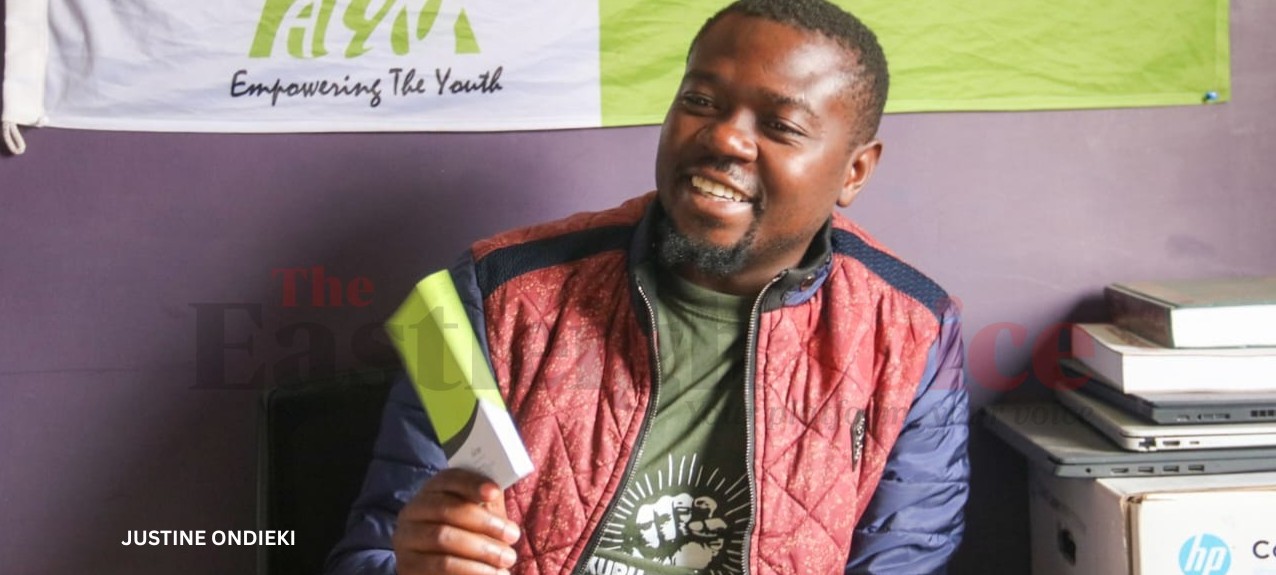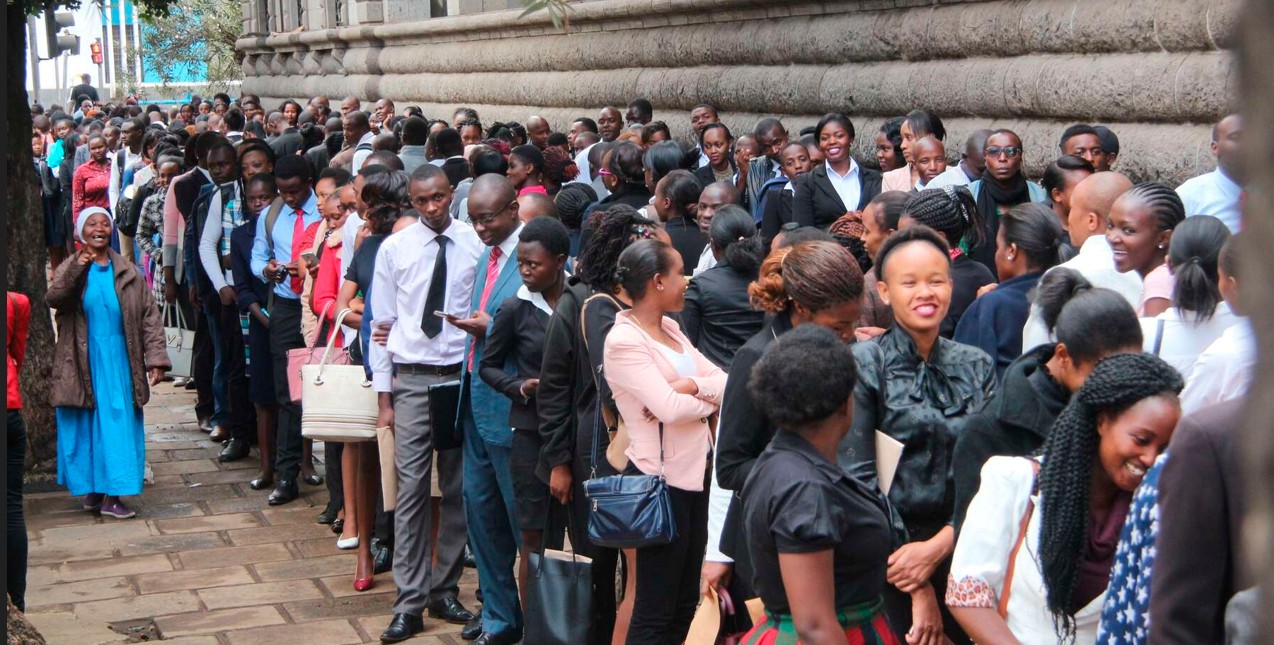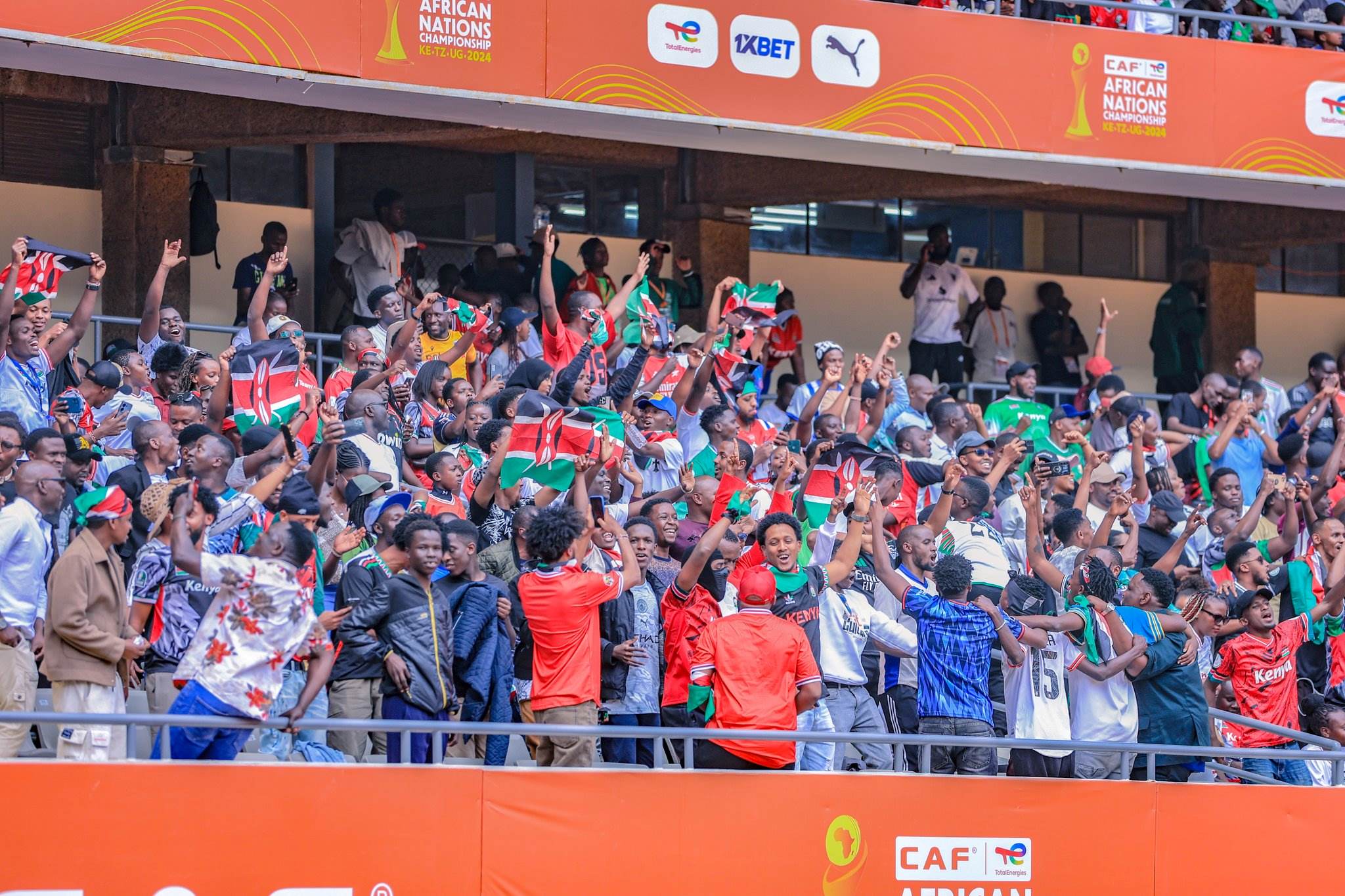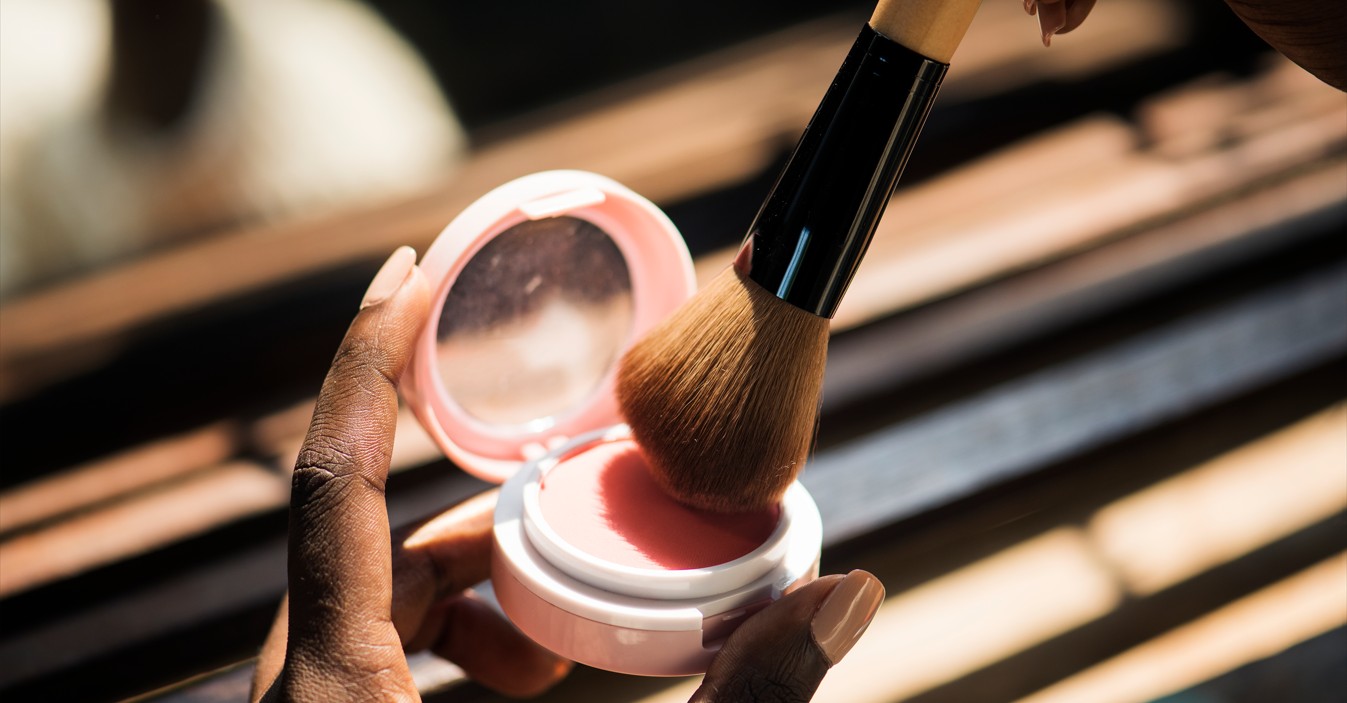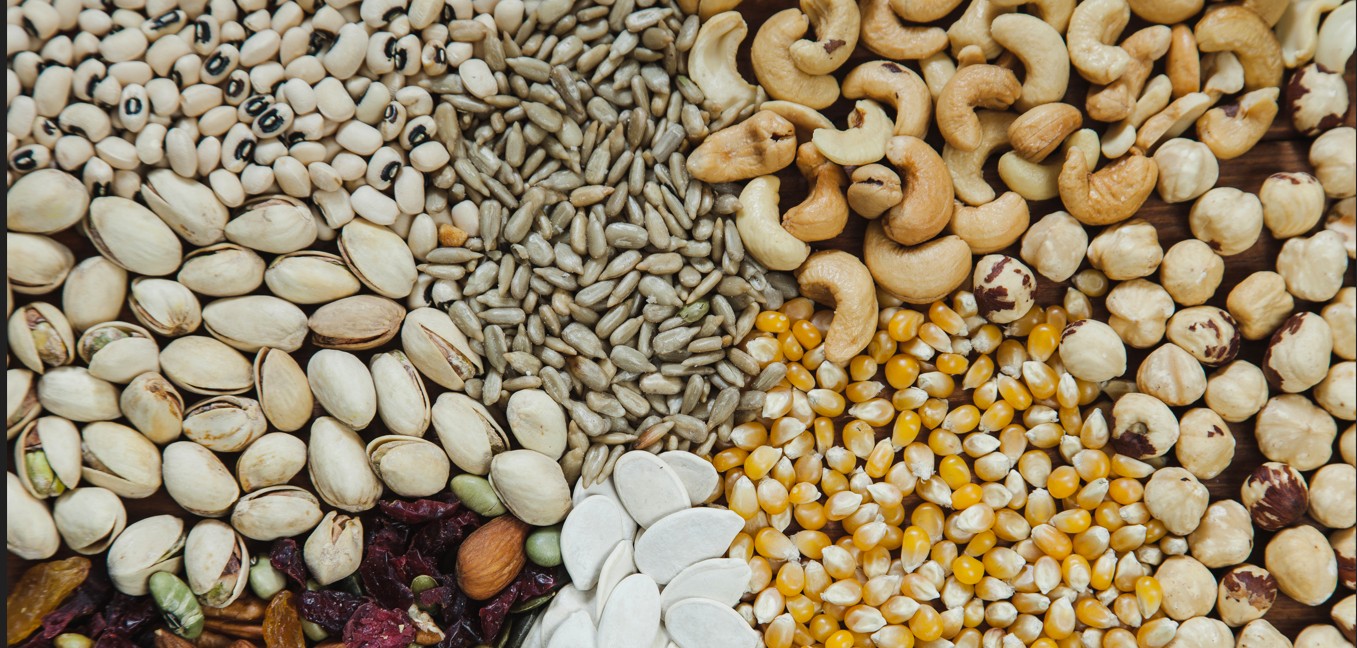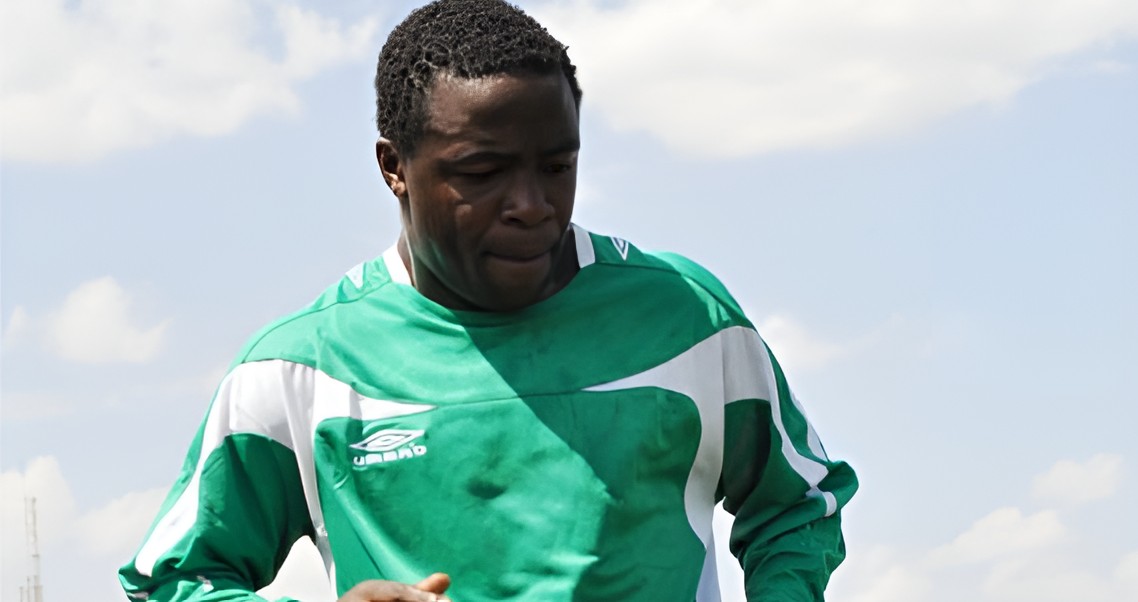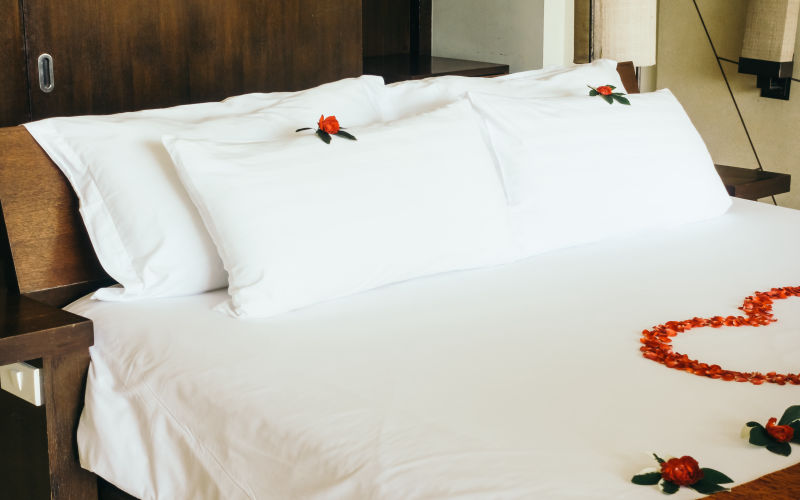Why Mijikenda are pushing for protection, preservation of ‘hando’ attire
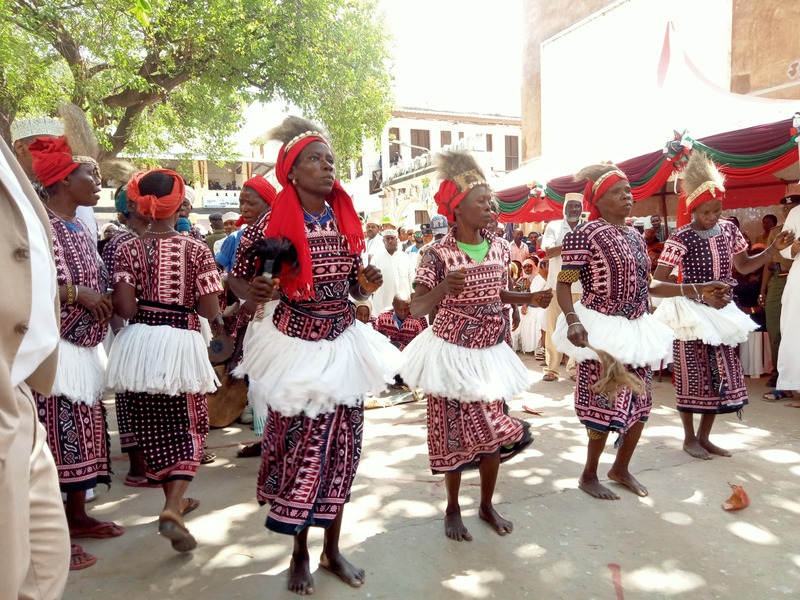
Hando, made from cotton fabric, is versatile, and suitable for everyday wear, special occasions, and community ceremonies.
The Mijikenda have revived their push to have their traditional attire-‘Hando’ to be fully protected and preserved.
The Mijikenda are a group of nine Bantu-speaking ethnic groups who live in Kenya’s Coastal region.
More To Read
- Boost for tourism as direct flights between Istanbul and Mombasa are set to resume in October
- Maasai Mara enters World Book of Records for greatest wildlife migration
- Tanzania proposes mandatory travel insurance fee for tourists
- Tourism stakeholders urge fewer travel barriers, more direct flights to Mombasa to boost arrivals
- Kenya elected to UN Tourism Executive Council
- Coast hoteliers urge tougher anti-pollution measures to protect marine life and boost tourism
Mijikenda means ‘the nine settlements’ or ‘the nine communities’ in Bantu languages that include Giriama, Duruma, Chonyi, Digo, Jibana, Kambe, Kauma, Rabai, and Ribe.
The hando is a traditional skirt worn predominantly by Mijikenda women, particularly among the Giriama. Historically, it was a knee-length cotton skirt worn in public to maintain modesty and show respect.
Hando, made from cotton fabric, is versatile, and suitable for everyday wear, special occasions, and community ceremonies.
Johnson Kitsao Ndokolani, the Kaya Council of Elders Coordinator for the Coast region, emphasised safeguarding the hando as a symbol of the Mijikenda's cultural heritage. He expressed concern that modern fashion trends risk erasing the hando attire.
“If this continues, the hando will be completely absorbed into modern dressing, losing its cultural significance.”
According to Ndokolani, hando was used to enhance the beauty of the Mijikenda woman and it was revered as a respectful attire, unlike today's attire which is marked by wearing miniskirts, short dresses and other garments.
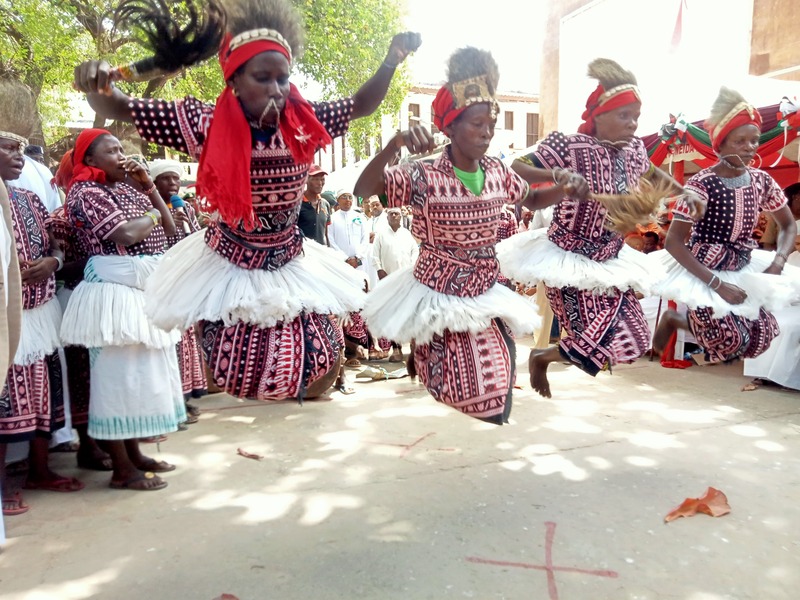 It takes an expert about three days to make hando, while a beginner can take up to a week. (Farhiya Hussein)
It takes an expert about three days to make hando, while a beginner can take up to a week. (Farhiya Hussein)
It is worth noting that making a hando alone is an art. It takes an expert about three days to make one, while a beginner can take up to a week. The cloth is cut into small pieces depending on the woman's size.
How it's made
Once the pieces have been collected, they are put in a mortar with little water, and the women then beat the fabric with a wooden pounder or pestle to soften it. Then the pieces are plaited at the seams, tied together with string and hung to dry after which the hando is ready to wrap around the waist.
The garment can be worn alone or under a leso (khanga), kikoi (cotton fabric) or kishutu (coloured fabric) all of which can be wrapped around the waist.
For centuries, however, the hando was a popular item of attire among the Mijikenda women, but it fell into decline when some members of the community condemned it as backward.
“The advent of “modern” or “secular” fashion—trousers, skirts, blouses and bikers—and the introduction of secular education contributed greatly to the hando’s decline. That’s why we want a special campaign introduced to have the hando revived,” said Ndokolani.
"When Mijikenda girls began attending school, they had to wear uniforms. Slowly, the garment was rendered obsolete. The older generation still clung to it, but when they died, so did the hando. And as Kaya elders, we’re already in a push to revive hando-wearing so that not only the elderly should value it but every woman, including young girls and women.”
He insists that it is very disappointing that today, except for very elderly women in rural areas who still wear hando, the attire is still reserved for cultural occasions only and worn by traditional dance troupes on national holidays.
Kanze Wa Dau, a woman elder among the Giriama in Malindi, described the hando as more than just attire, calling it an ornament that enhances the beauty of a Mijikenda woman. She advocated for the revival of the garment, highlighting its potential to promote fashion tourism, much like the Maasai's red shuka or the Turkana's dyed skins.
“The hando is unique and attractive. It can become a symbol of pride for the Mijikenda and a starting point for showcasing our rich culture to the world. You can imagine communities like the Maasai have the red shuka, the Turkana and the Dorobo have the beautiful dyed skin, the Arabs have the kanzu, the Somali have the kikoi, and what do we have as Mijikenda? We must revive the hando,” she said.
Elders like Kahindi Charo from Magarini stressed the spiritual significance of the hando, particularly the red hando, or ngundu. This specific colour is associated with diviners and women believed to possess spiritual powers, often adorned with blue, white, and red beaded bracelets or talismans.
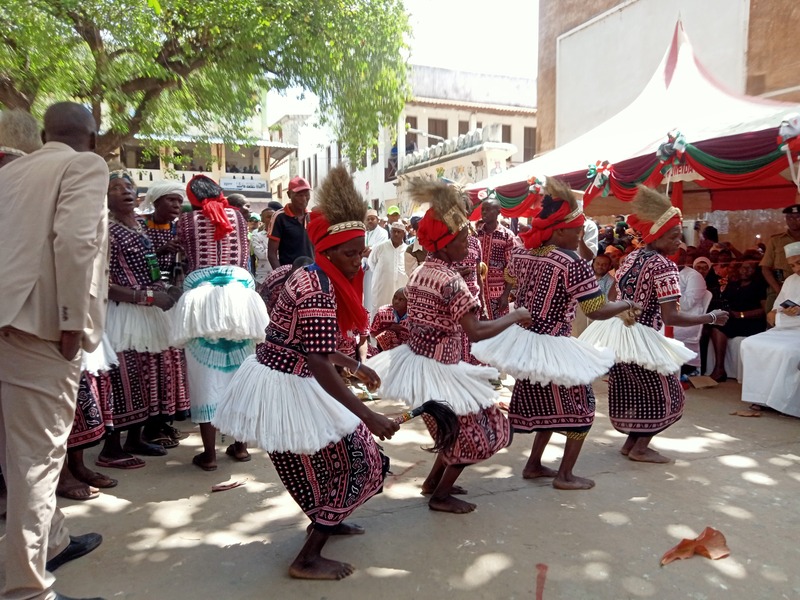 It takes an expert about three days to make one, while a beginner can take up to a week. (Farhiya Hussein)
It takes an expert about three days to make one, while a beginner can take up to a week. (Farhiya Hussein)
Charo warned that the extinction of the hando would result in the loss of traditional knowledge and practices tied to the garment.
“Red Hando or Ngundu is commonly worn by women who are thought to possess spirits. It is believed that a grandmother can pass over spirits to a daughter or granddaughter and recommend that they dress in the red-coloured hando. In fact, women with spirits wear their hando with a mix of blue, white and red coloured beaded bracelets and sometimes with talisman (hirizi). Now, if we let hando be extinct, we won’t have this knowledge,” said Charo.
Hawe Risa, a 60-year-old resident of Kilifi County, shared her lifelong connection to the hando. Having worn it since the age of 10, she described it as a source of personal style and authority within her community.
“I started wearing the hando when I was 10 years old. I have become accustomed to this type of dress and have several of them at home. I am unwilling to abandon it as my fashion wear,” said Hawe Risa.
She added, “Elderly women like me in our community prefer hando because it gives us the feeling of some authority in the society in which we live.”
Despite its decline, the hando remains a symbol of identity, pride, and cultural continuity for the Mijikenda. The push to revive its use aims to ensure that future generations value and embrace their heritage.
Top Stories Today


